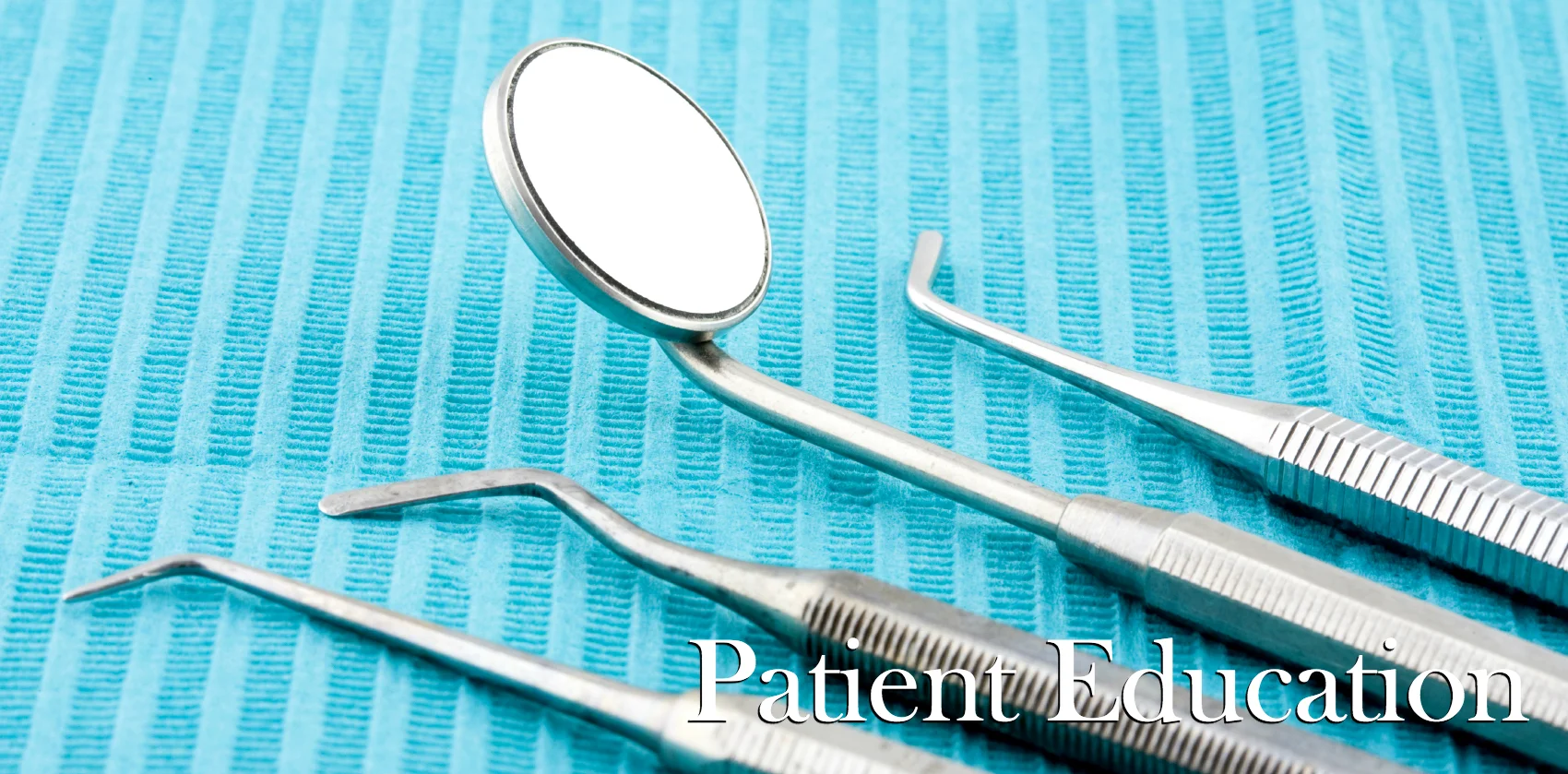You may have seen advertisements for dental offices offering “same day” or “same visit” crowns. These services rely on a common engineering technology called CAD/CAM (computer automated design/ computer automated milling). During this procedure, your impression is taken digitally with a 3D scanner and uploaded to a special software that designs crowns. The dentist then finalizes the crown and sends it to a milling machine. After about an hour, the completed permanent restoration is ready to be finished and delivered to the patient.
On paper, this treatment sounds great and you may be wondering why we don’t offer it at our office. The reality is that these same-day crown systems have some serious drawbacks that we do not want to extend to our patients. For starters, an in-office milled crown is only as good as the time invested in it. Theoretically, we could scan your tooth, use a “generic” design, mill and deliver your crown in about 45 minutes. However, for these restorations to look and function properly, they need to be digitally adjusted, glazed and sintered in an oven. When done correctly, this process can take up to 2 hours; time you may not have to wait around! We much prefer utilizing the expertise of our local dental labs. Think of it this way: can a product produced in 45 minutes by a dental office really rival something that takes a master ceramist days to complete?
Furthermore, the typical two week turnaround for a dental crown may seem like an inconvenience, but it actually serves a functional purpose. The unfortunate truth is that any time a dentist works on a tooth there is a (typically small) chance the nerve will become irritated and need a root canal. In the two weeks between preparing a tooth and cementing the crown, patients can usually tell if something is wrong with the nerve. Hence, we can provide a root canal before putting on the permanent crown. This can save a lot of headache in the future, particularly with the new, extremely hard zirconia crowns available.
Finally, using a CAD/CAM system severely limits the crown material choices available. There are no “one size fits all” dental materials (and anyone who tries to convince you otherwise is pulling your leg!). At our office, we treat each patient holistically and try to provide the best restorations for every tooth in its unique situation. There are a number of materials that these machines can’t use or can’t use well. With these milling units costing upwards of $100,000, many offices feel obligated or “locked-in” to providing CAD/CAM crowns, even when they are not the best option available.
As the technology currently stands, we are not comfortable offering in-office milled crowns to our patients. Our office feels that we get better results using a traditional dental lab to make our restorations. If you have any further questions or concerns on our crowns, how they are made or the materials we use, please give us a call!




















